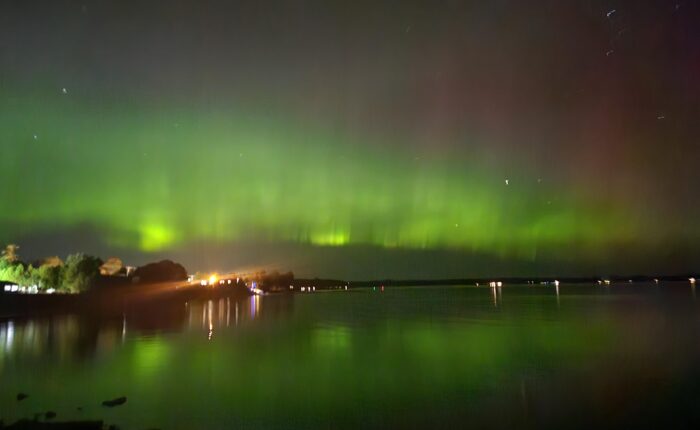Door County, Wisconsin’s picturesque peninsula extending into Lake Michigan, has a long and storied relationship with commercial fishing that spans generations. From its earliest European settlers to the present day, fishing has been woven into the economic, cultural, and social fabric of this beloved destination.
Historical Roots
Commercial fishing in Door County dates back to the mid-1800s when European immigrants, particularly Scandinavians, recognized the abundant fish populations in the surrounding waters. These early settlers established fishing villages along the coastline, with places like Gills Rock, Rowleys Bay, and Washington Island becoming important hubs.
The industry flourished in the late 19th century as fishermen harvested lake trout, whitefish, cisco (also known as lake herring), and sturgeon in remarkable quantities. Using wooden boats and primitive nets, these hardworking individuals established Door County as a significant commercial fishing center on the Great Lakes.
Hey Day
The early to mid-20th century marked the golden age of Door County commercial fishing. Families like the Johnsons, Andersons, and Petersons built fishing dynasties, passing down knowledge and equipment through generations. The harbors bustled with activity as fishing tugs returned with their daily catches.
During this period, fish processing facilities and ice houses sprung up along the shore, providing employment beyond just the fishing itself. Fish markets sold fresh catches locally, while refrigerated rail transport allowed Door County fish to reach distant markets like Chicago.
Challenges and Decline
By the 1950s, several factors began to threaten the industry’s sustainability. The introduction of invasive species, particularly sea lampreys and alewives, devastated native fish populations. Overfishing added pressure to already struggling stocks, while industrial pollution from surrounding urban areas further damaged the ecosystem.
Government regulations increased in response to these challenges, limiting catch sizes and seasons. While necessary for conservation, these restrictions made it increasingly difficult for commercial fishermen to maintain their livelihoods.
Today’s Commercial Fishing Industry
Though significantly reduced from its heyday, commercial fishing persists in Door County. A small number of dedicated families continue the tradition, operating under careful regulation from the Wisconsin Department of Natural Resources. Modern fishing operations utilize improved technologies while maintaining connections to traditional practices.
The primary commercial species today include whitefish, which has shown resilience compared to other native species. These fish supply local restaurants, contributing to Door County’s reputation for fresh, locally sourced cuisine.
Cultural Legacy
Even as the industry has contracted, commercial fishing remains central to Door County’s identity. Maritime museums in Sturgeon Bay and Gills Rock preserve this heritage through exhibits featuring vintage equipment, photographs, and oral histories from veteran fishermen.
Annual festivals celebrate this maritime tradition, including fish boils that trace their origins to the communal meals shared by fishing crews. These events continue to draw tourists and locals alike, keeping connections to the fishing heritage alive.
Looking Forward
The future of commercial fishing in Door County faces both challenges and opportunities. Climate change impacts water temperatures and fish habitats, while invasive species continue to threaten the ecosystem. However, growing interest in sustainable, locally sourced food provides potential markets for Door County’s commercial fishermen.
Conservation efforts, including habitat restoration and careful fisheries management, offer hope for the industry’s continued presence. Additionally, partnerships between fishermen, scientists, and regulators show promise for developing approaches that balance ecological concerns with economic needs.
As Door County continues to evolve, its commercial fishing heritage remains an enduring testament to the relationship between the peninsula’s communities and the waters that surround them.


